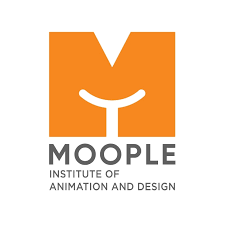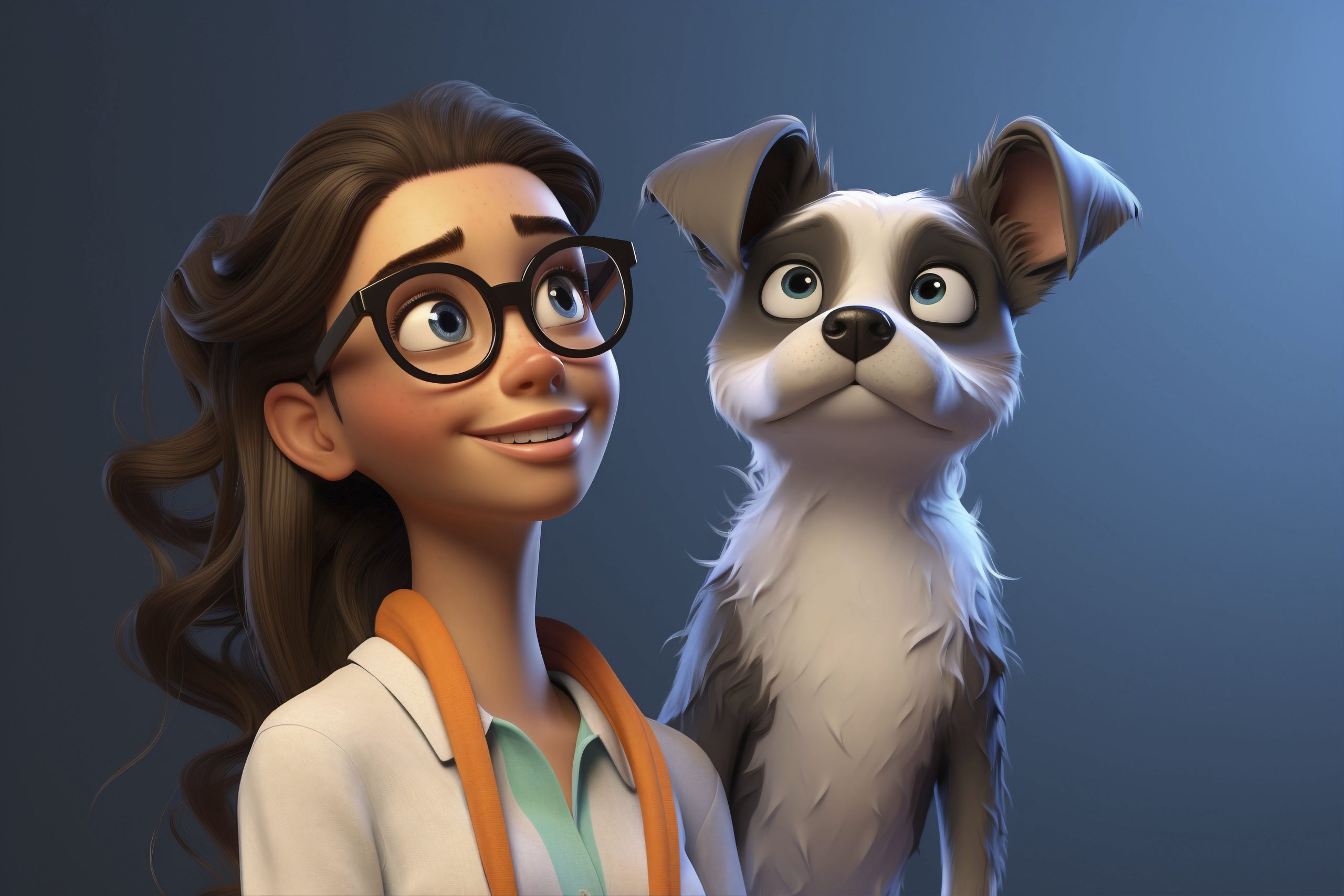Animation is a dynamic and exciting field that combines creativity, technology, and storytelling. With the rise of digital media and entertainment, the demand for skilled animators has never been higher. Whether you’re passionate about creating characters, designing visual effects, or developing video games, a career in animation offers a wide range of opportunities. This guide will explore various career paths in animation and provide insights into how you can get started.
1. 2D Animator
Role: 2D animators create characters and scenes in a two-dimensional space. They often work on TV shows, movies, commercials, and video games.
Skills Needed:
- Strong drawing skills
- Understanding of animation principles
- Proficiency in software like Adobe Animate and Toon Boom Harmony
Career Path: Most 2D animators start as junior animators or assistants and work their way up to senior positions. Experience and a strong portfolio are key to advancement.
2. 3D Animator
Role: 3D animators bring characters and environments to life in a three-dimensional space. They work on films, video games, and virtual reality experiences.
Skills Needed:
- Knowledge of 3D modeling and rigging
- Proficiency in software like Maya, Blender, and 3ds Max
- Understanding of animation principles and motion capture technology
Career Path: Entry-level positions include junior 3D animator and modeling artist. With experience, animators can advance to roles like lead animator or animation director. Moople’s Animation and VFX colleges are the top choice for all aspiring animators across the country.
3. Visual Effects (VFX) Artist
Role: VFX artists create realistic effects that enhance live-action footage. This includes explosions, weather effects, and other complex visual elements.
Skills Needed:
- Proficiency in software like After Effects, Nuke, and Houdini
- Strong understanding of physics and mathematics
- Creativity and attention to detail
Career Path: Starting as a junior VFX artist or compositor, you can progress to senior roles and eventually become a VFX supervisor or director.
4. Character Designer
Role: Character designers develop the look and feel of characters for various media, including films, TV shows, and video games.
Skills Needed:
- Strong drawing and design skills
- Understanding of anatomy and character development
- Proficiency in software like Photoshop and Illustrator
Career Path: Many character designers start as concept artists or illustrators. Building a diverse portfolio and gaining experience can lead to senior design roles. You can learn all this professionally in a B.Sc degree in animation.
5. Storyboard Artist
Role: Storyboard artists create visual representations of scripts, helping to plan and visualize scenes before production begins.
Skills Needed:
- Strong drawing and storytelling skills
- Understanding of cinematography and pacing
- Ability to work closely with directors and writers
Career Path: Starting as a junior storyboard artist, you can advance to senior roles or even directorial positions with experience and a strong portfolio.
6. Game Animator
Role: Game animators create the movements and actions of characters and objects in video games.
Skills Needed:
- Proficiency in 3D animation software like Unity and Unreal Engine
- Understanding of game design and mechanics
- Ability to work collaboratively with game designers and programmers
Career Path: Entry-level roles include junior game animator and character rigger. With experience, you can move up to senior animator or lead animator positions.
7. Animation Director
Role: Animation directors oversee the entire animation process, ensuring the creative vision is realized. They work closely with animators, designers, and producers.
Skills Needed:
- Strong leadership and communication skills
- Extensive knowledge of animation techniques and software
- Ability to manage budgets and schedules
Career Path: Most animation directors have years of experience in various animation roles. Building a reputation for creativity and leadership can lead to directorial positions.
Getting Started in Animation
Education and Training: Many animators start with a degree in animation, fine arts, or a related field. Specialized courses and certifications can also provide valuable skills and knowledge.
Building a Portfolio: A strong portfolio showcasing your best work is essential for breaking into the industry. Include a variety of projects that demonstrate your skills and creativity.
Networking: Connecting with industry professionals through events, online forums, and social media can open doors to job opportunities and collaborations.
Staying Updated: The animation industry is constantly evolving. Staying up-to-date with the latest software, techniques, and trends is crucial for long-term success.
Conclusion
A career in animation offers a wide range of opportunities for creative individuals. From 2D and 3D animation to visual effects and game design, there are many paths to explore. With the right skills, training, and dedication, you can turn your passion for animation into a rewarding career. Whether you’re just starting or looking to advance in the field, the world of animation is full of exciting possibilities.

